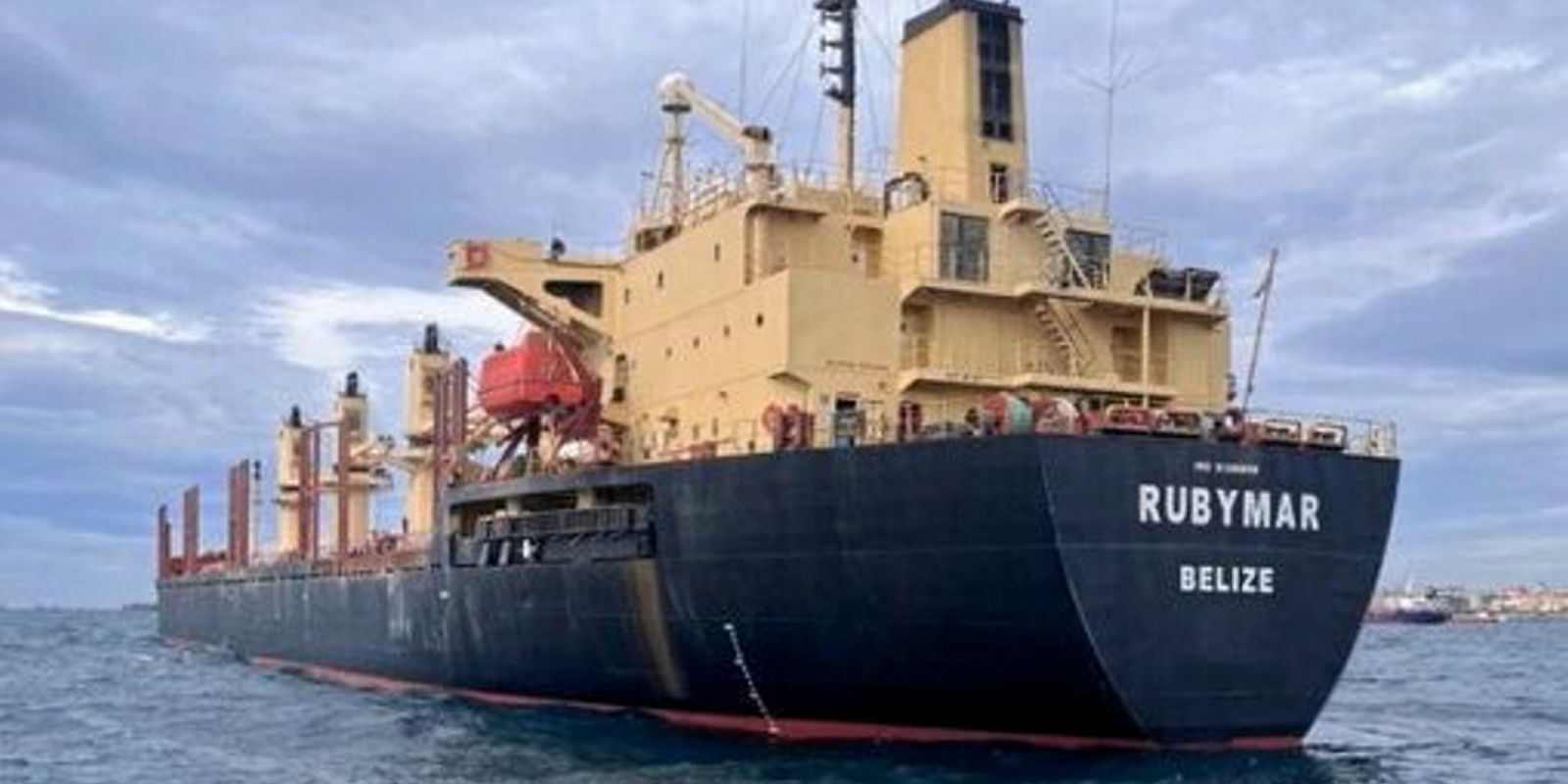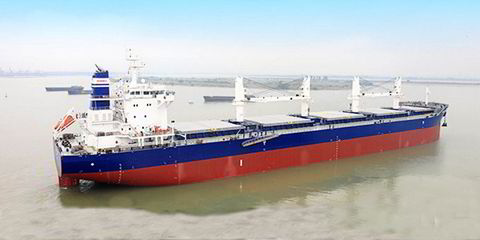Clarksons Research had noted an increase in tonnage arriving in the Gulf of Aden in the week before the Houthis claimed to have sunk a bulker in the Bab-el-Mandeb strait on Monday.
Arrivals in the seven days to 18 February were down 67% from the first half of December.
But managing director Steve Gordon said there had been “a marginal increase” compared to the previous week when arrivals were down 71%.
There were “moderate” rises for wet and dry vessels, with crude tankers down 31% versus December, whereas the previous week’s figure was a drop of 48%, he added.
For bulkers, there was a fall of 37%, but less than the 46% decline seen seven days earlier.
It remains to be seen what effect the attack on GMZ Ship Management’s 32,200-dwt handysize Rubymar (built 1997) will have on traffic.
“Product tanker arrivals continue to show a more significant impact than crude, with arrivals down 58%,” Gordon said.
This is similar to the previous week’s 55% drop.
Clean carrier markets continue to be supported by Red Sea disruption, with LR2 earnings remaining strong at above $75,000 per day.
This does represent a moderation from late-January levels of more than $100,000, the managing director noted.
Container ship transits remain very limited, down 91%, with about 620 vessels currently diverting away from the Red Sea and Gulf of Aden.
Spot freight rates for the sector have eased slightly over recent weeks, though still stand two to three times higher than pre-disruption levels.
Charter rates continue to edge higher and are now up 28% from the first half of December, Clarksons Research said.
Last week’s Cape of Good Hope tonnage arrivals were up 81% on December, against a rise of 61% a week earlier.
This was due to more bulkers and product tankers reaching South Africa.





